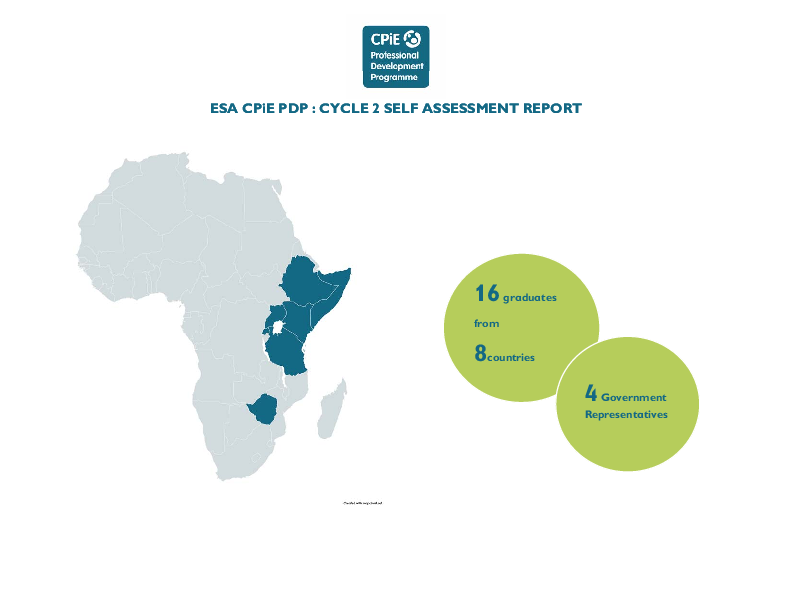
Reports
Child Protection in Emergencies Professional Development Programme: East and Southern Africa Cycle 2 Assessment Report
Publication year:
2021
English
Format:
pdf (1.0 MiB)
Publisher:
Save the Children
In order to ensure continuous learning as a programme for greater impact and relevance to the target participants, evaluation is vital for evidence-based decision making. The programme has adopted various evaluation processes pegged on the Kirk-Patrick model of evaluation. Briefly:
Level 1: Reaction that measures how the training was received by the participants. Daily feedback was provided on the sessions per topic. This feedback was useful in reviewing the subsequent day’s delivery and future design of the modules. Once the feedback was provided by the participants, this was reviewed with the facilitators of the particular sessions and those who were to deliver sessions the following day. At the end of the Residential, the participants filled out a follow-up survey to rate the teaching sessions and logistics as a whole.
Level 2 & 3: Learning and behaviour that reviews what the participants learned and applied the learning from the programme. This was measured through the simulation exercise where feedback was given to each participant against core competencies. This designed against the overall programme learning outcomes. Further, the participants were required to complete tasks that related to and measured different learning outcomes. This includes writing a reflective report as well as designing and delivering capacity strengthening. Still part of this, the participants were required to conduct a self-assessment, which consists of personal reflections and evaluation on the changes in knowledge and development before and after the programme.
Level 4: Results, which mainly is the return on investment. This is assessed using a 9-month follow up survey, line manager follow-up as well as case study documentation.
The focus of this report is to specifically analyse and interpret the results of the self-assessment survey. The assessment comprises 30 statements regarding the participants’ individual understanding of themes and topics related to Child Protection in Emergencies
Read full abstract
View & Download
Document information
Publisher
Format
Content type
Region
Rights
© Author/Publisher
Found a mistake? Help us improve!
If you have noticed a document assigned to the wrong author or any other inaccuracies, let us know! Your feedback helps us keep our data accurate and useful for everyone.
Share
Link

